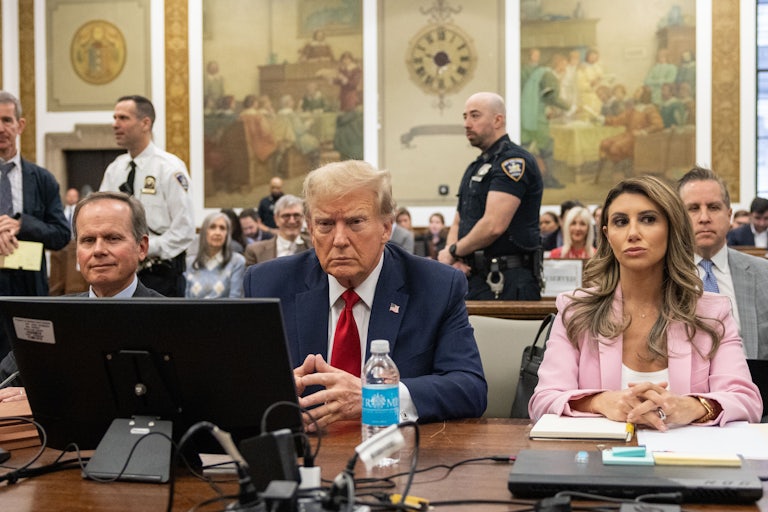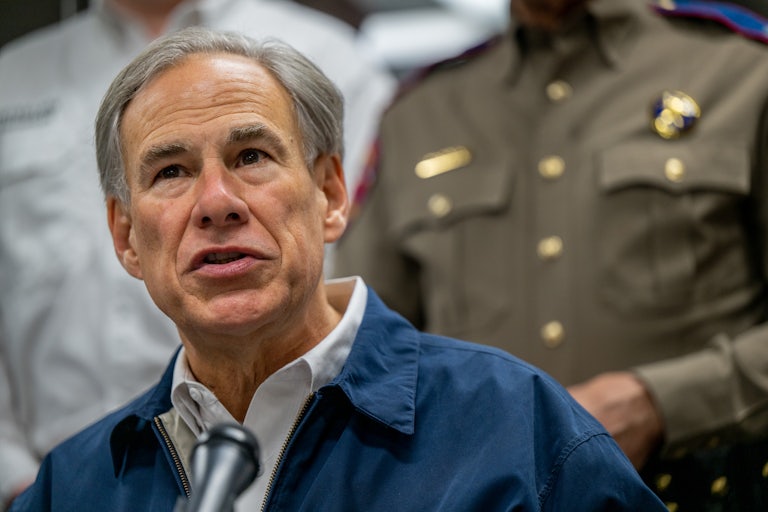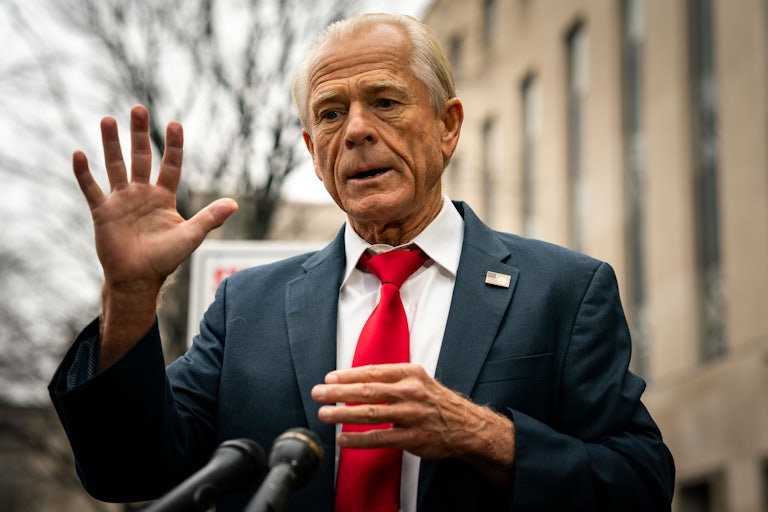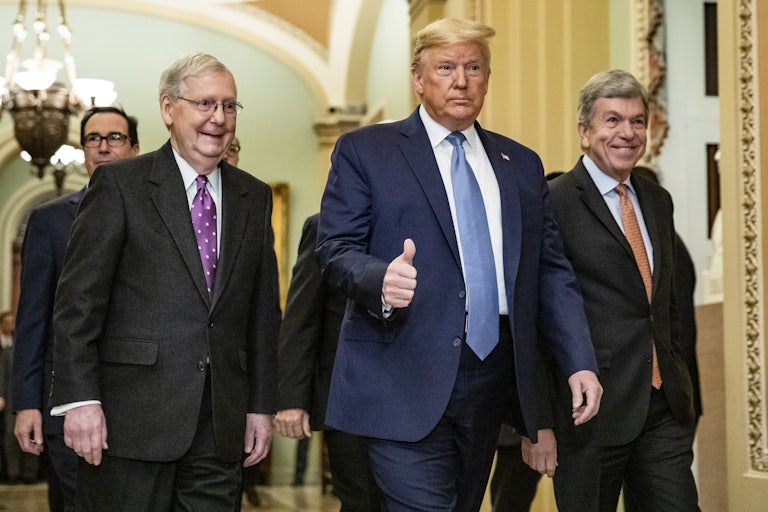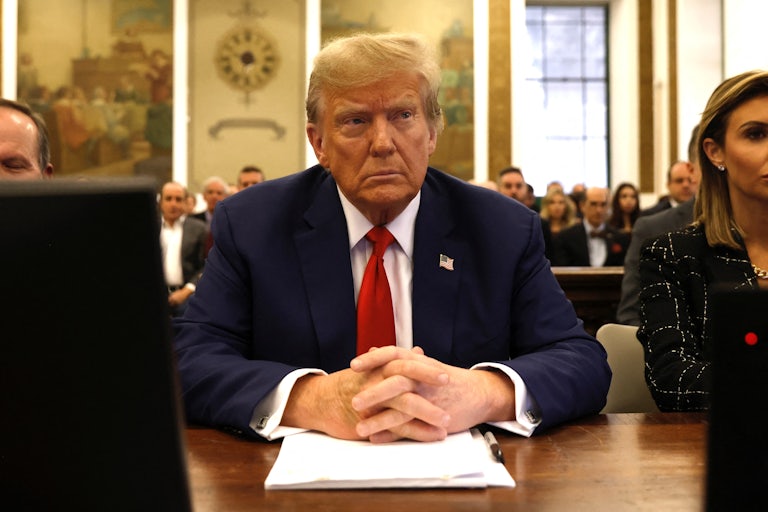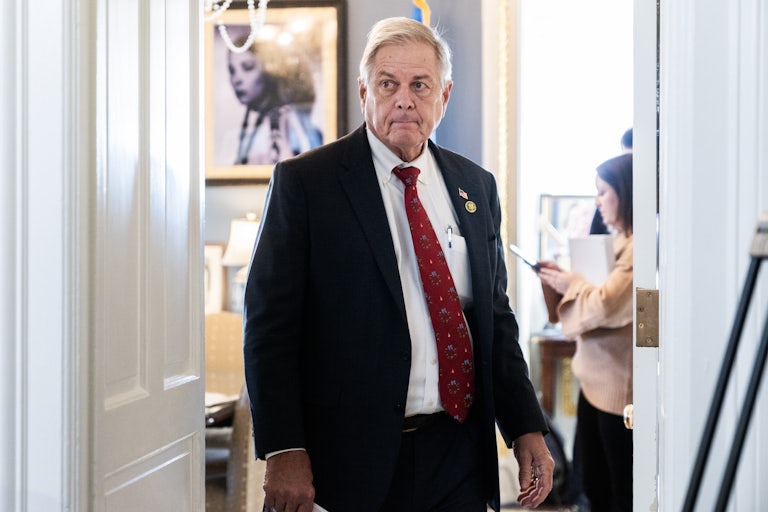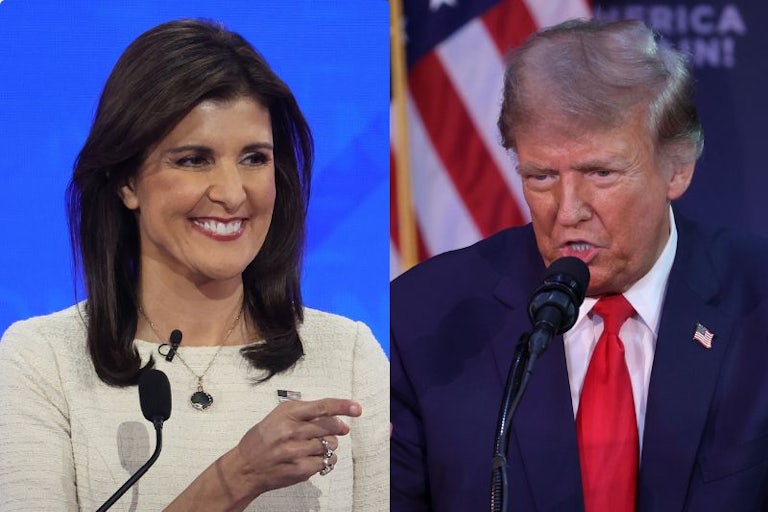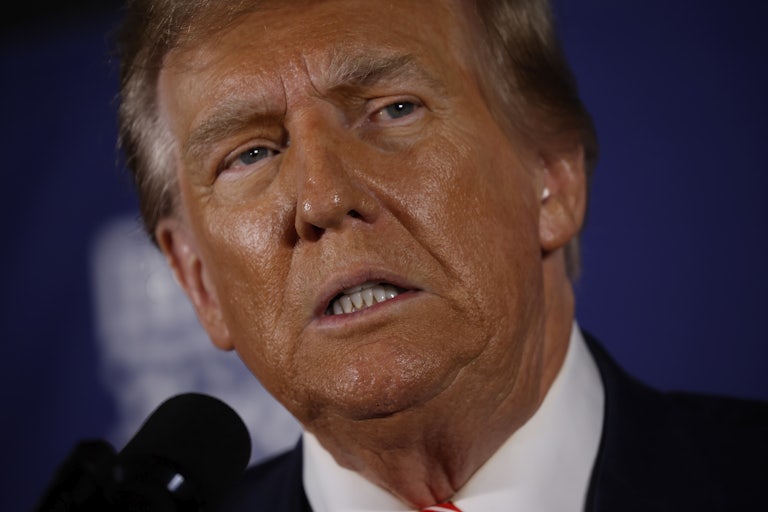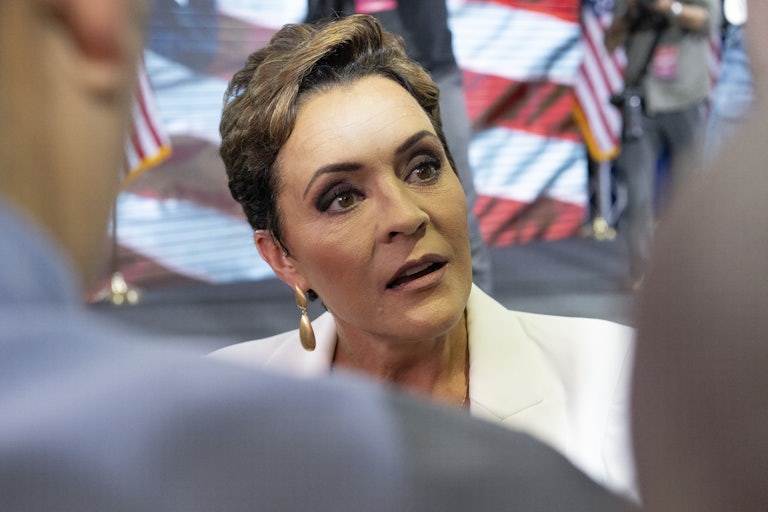Judge Absolutely Kneecaps Trump’s Testimony in E. Jean Carroll Trial
Donald Trump finally testified ... kind of.
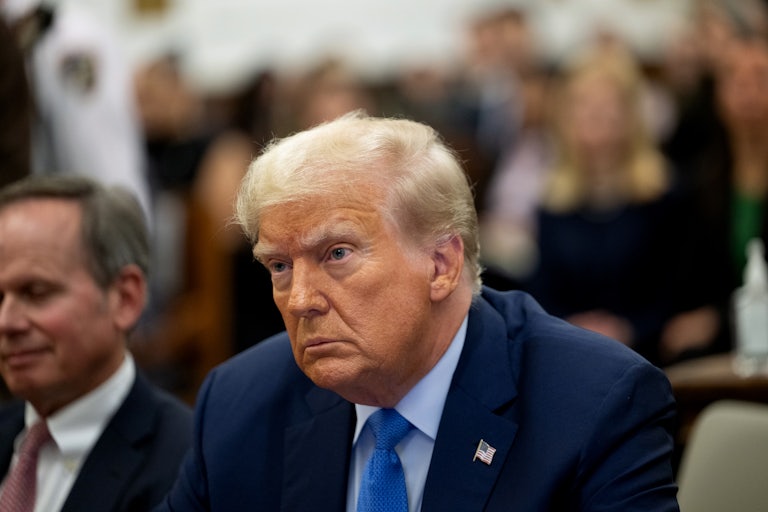
All eyes were on Donald Trump on Thursday as the former president finally took the stand in his second trial brought by columnist E. Jean Carroll. After weeks of drama between Judge Lewis Kaplan and attorney Alina Habba, during which the managing partner of Habba, Madaio & Associates LLP painted herself as an inexperienced attorney in way over her head, Trump was heavily anticipated to deliver bombastic testimony that would rock the courtroom. But then, he didn’t.
Moments before Trump took the stand, Kaplan set severe parameters for Trump’s appearance, alerting Habba that her client would not be allowed to reject the results of Carroll’s first trial against Trump, which found him liable for sexually assaulting the writer.
“The jury found that Mr. Trump inserted his fingers into her vagina. And that Ms. Carroll did not make up her claim. And that Mr. Trump’s June 11 and June 22 statements were defamatory. Now Mr. Trump may not make any argument against this,” Kaplan warned Habba, according to Inner City Press.
Then Kaplan notified Habba that she would only be permitted to ask Trump a couple of questions: whether or not the former president stood by his deposition testimony, and whether he ever instructed anyone to hurt Carroll.
At another point, Kaplan asked Habba to outline every detail that Trump planned to say on the stand, to which Habba replied that she couldn’t testify on behalf of her client, according to Politico’s Erica Orden.
Trump spent just three minutes in total on the stand, answering questions with minute flair that Kaplan immediately ordered the jury to disregard.
When asked if he instructed anyone to hurt Carroll, Trump responded in the negative.
“No, I just wanted to defend myself, my family and frankly, the presidency,” Trump said, before Kaplan interjected that the jury should ignore everything Trump said after “no.”
And when asked if he denied the allegation in order to defend himself, Trump again tried to push the judge’s boundaries.
“Yes, I did. That’s exactly right. She said something I considered a false accusation—” Trump began, before Kaplan told the jury to disregard everything after “Yes, I did.”
The aggressive strategy to keep Trump—and the courtroom—under control was likely inspired by the GOP front-runner’s rambunctious and threatening behavior during his New York bank fraud trial under Judge Arthur Engoron and his D.C. trial with Judge Tanya Chutkan, both of which resulted in seemingly ineffective gag orders on the former president.
And despite its anticlimactic finale, Kaplan’s strategy proved surprisingly effective at trial, generally cordoning off Trump’s more disruptive tendencies to outside the courtroom—something other judges haven’t been able to achieve. That may be thanks to Kaplan’s decades behind the bench, during which he presided over some of the biggest terrorism cases in the nation’s history. Those include closing the docket on Osama bin Laden following his death at the hands of Seal Team Six and presiding over the case of Ahmed Ghailani, the only Guantánamo Bay detainee to be tried in a civilian court.
